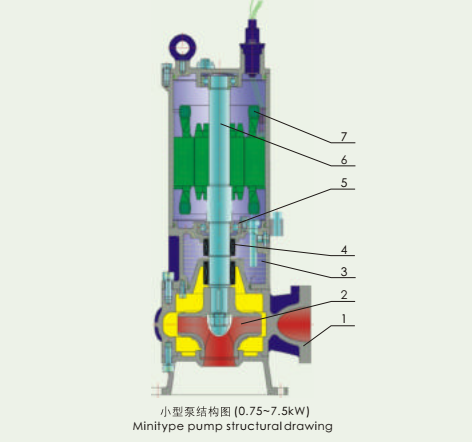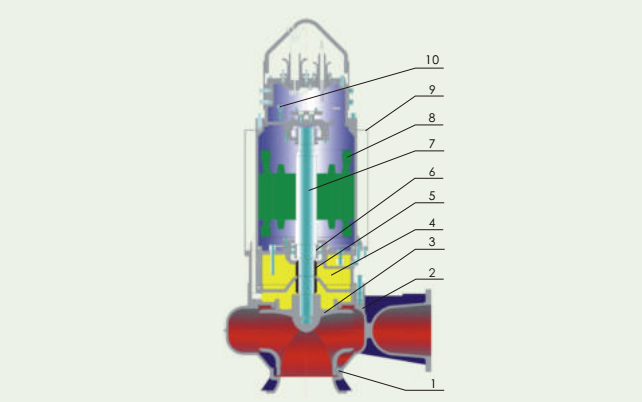According to the China Aluminum Industry Network, several key requirements must be followed when installing aluminum curtain walls and related components. First, all curtain walls and aluminum alloy elements should be perfectly aligned, both horizontally and vertically, with accurate elevation levels. The surface should remain free from mechanical damage such as scratches, dents, or indentations. Any visible defects like spots, smudges, or streaks must be addressed before final installation. Second, all exposed metal parts, including pressure plates, of the aluminum profile curtain wall must appear flat and smooth from any angle. There should be no minor deformations, wrinkles, or irregularities in fasteners, whether they are recessed or protruding. This ensures a clean and professional appearance. Third, after fixing the iron pieces and T-shaped grooves, the gap between the contact surface and the main concrete structure must not exceed 1mm. Galvanized steel should be used for fixation, and the connection between the iron and the curtain wall must include proper cushioning. On-site welded steel joints should be coated with two layers of anti-rust paint to prevent corrosion and ensure long-term durability. Fourth, asphalt paint must be applied to all metal surfaces that come into contact with masonry, plaster, or concrete. The coating thickness should be more than 100 micrometers to provide adequate protection against moisture and chemical exposure. Fifth, when installing glass panels, there should be a consistent gap between the edges and the frame to ensure uniformity on all sides—top, bottom, left, and right. It is also essential to protect the glass from contamination, especially on coated surfaces, to avoid peeling or damage. Once installed, the glass should lie flush with the surrounding surface, without any warping or distortion. Sixth, rubber gaskets and seals must be properly installed, ensuring full coverage and tight contact. The joint between two rubber strips should be sealed with high-quality sealant. The application of sealant should be even, complete, and smooth in appearance to maintain an aesthetically pleasing finish. Finally, fireproof and heat-insulating mineral wool used between building layers must be tightly packed without any gaps or omissions. This ensures effective thermal and fire protection, meeting safety and performance standards. Submersible Sewage Slurry Pump
1. Naipu Submersible sewage slurry pump introduction
NP-WQ series of submersible sewage pumps are
designed with varies of installation experience and improved in water
flow stream line, motor cooling system, Protections, control and sealing
to suit for multipurpose applications and installations.
River and drain water
2. NP-WQ submersible sewage slurry pump strcuture drawing(mini type):
Main parts in the drawing:
1. pump casing 2. impeller 3.oil chamber 4.Bearing seal 5.bearing 6.pump motor shaft 7motor.
Medium type submersible sewage slurry pump strcuture drwaing:
Main parts in the drawing:
1. wear ring 2. pump casing 3. impeller 4.oil chamber 5.Bearing seal 6.bearing 7.pump motor shaft 8.motor 9.cooling water jacket 10.inspect equipment Submersible Pump,Submersible Sewage Pump,Submersible Slurry Pump,Vertical Submersible Slurry Pump Shijiazhuang Naipu Pump Co., Ltd. , https://www.naipu-pump.com
Typical Applications---
Municipals sewage installations
Constructions
Industrial waste water
Waste content solid and fibers

